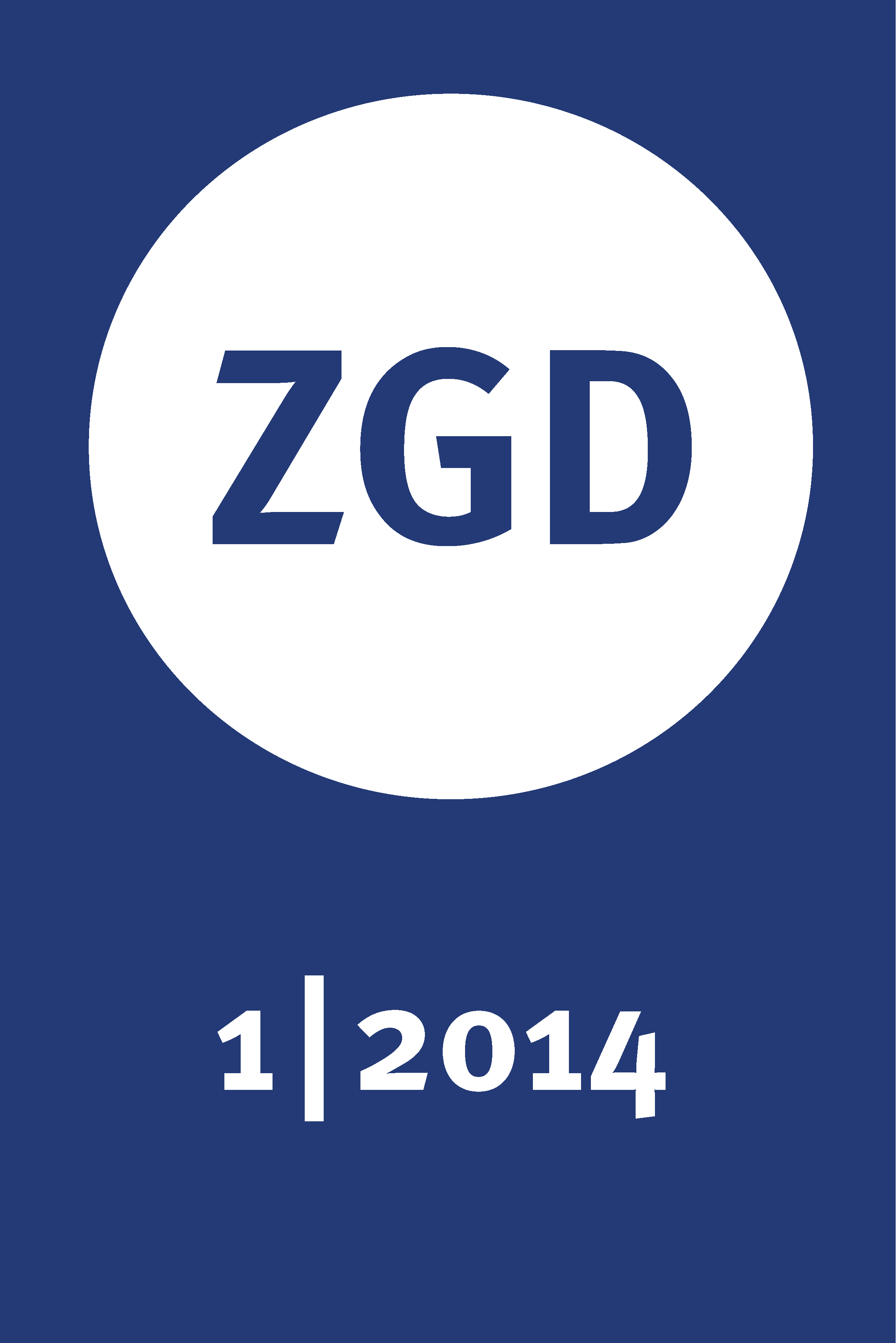Educational Reconstruction of the Topics Glacial Morphology and Ice Age
DOI:
https://doi.org/10.18452/23976Keywords:
conceptual change, model of educational reconstruction, glaciers, ice age, geoscience conceptions, theory of experientialismAbstract
The model of educational reconstruction was used to develop evidence-based guidelines for teaching about glacial morphology and ice age. Therefore scientists' conceptions were analysed in textbooks and historical sources, while students' conceptions were reconstructed from transcripts resulting from teaching experiments. The comparison of these conceptions revealed the elementary ideas for teaching about these topics. When teaching the glacial morphology of northern Germany the Pleistocen glacier should be constructed as a donor providing material to the northern German underground. In contrary content structures that emphasise the force of glaciers to the underground or the adaptation of a glacier to its underground support the construction of non-adequate conceptions. When teaching ice age the narrative structure of this topic should thus be embedded in a biological story of a gradualistic changing environment because students tended to construct catastrophistic stories similar to Agassiz' (1837) original version of an ice age.
Downloads
Published
How to Cite
Issue
Section
License
Copyright (c) 2022 Journal of Geography Education

This work is licensed under a Creative Commons Attribution-NonCommercial-NoDerivatives 4.0 International License.







